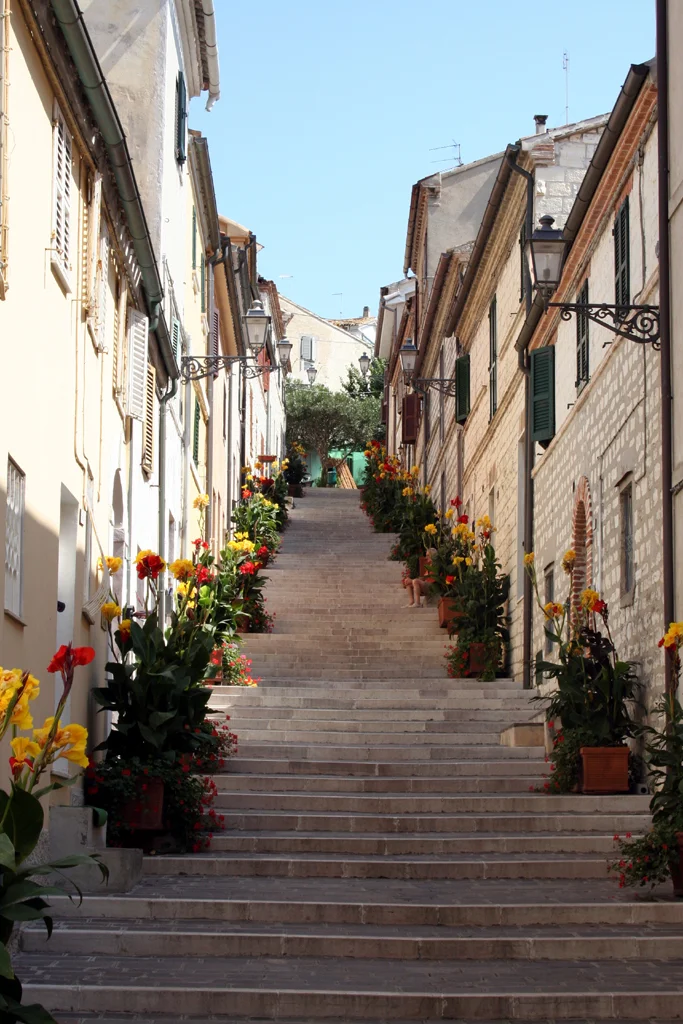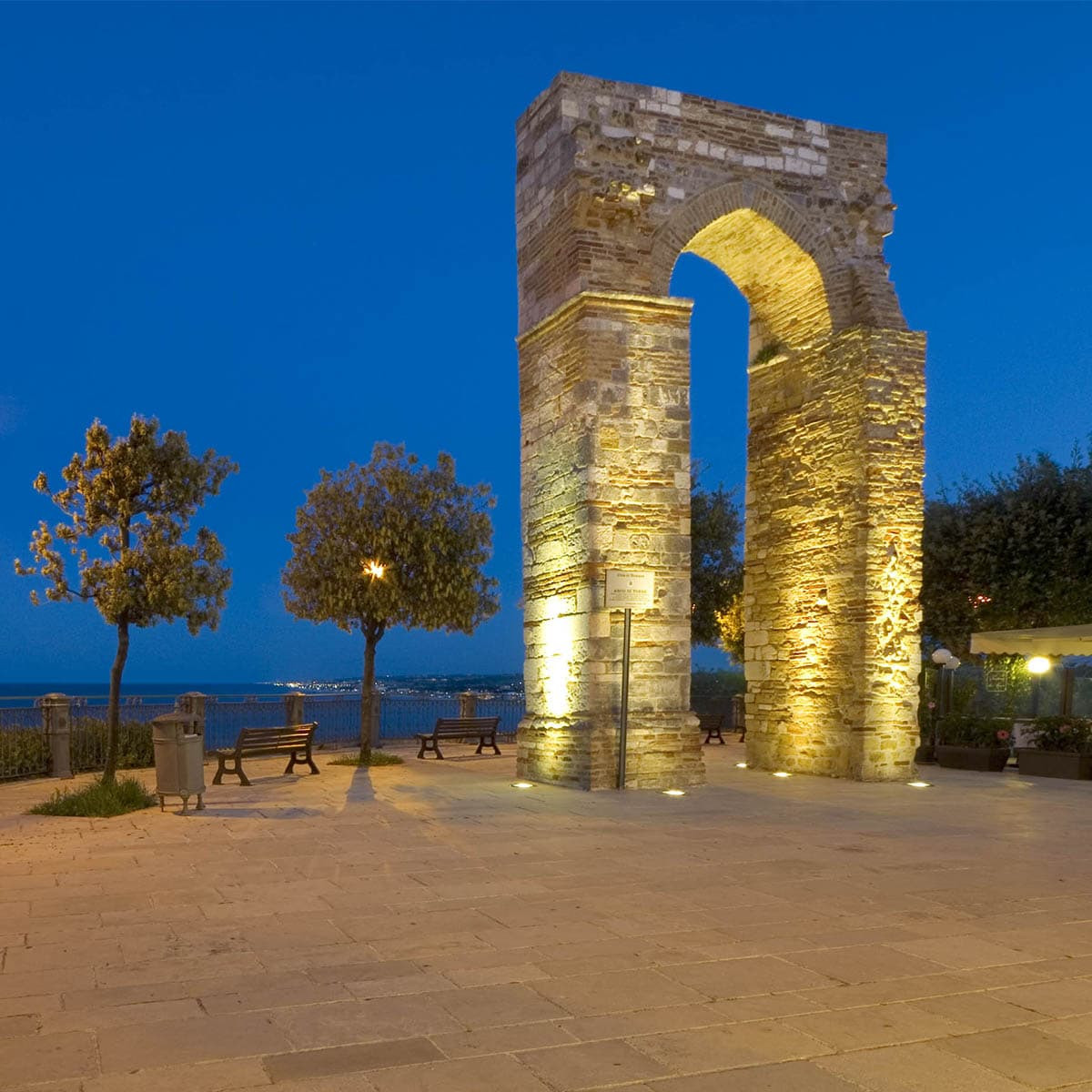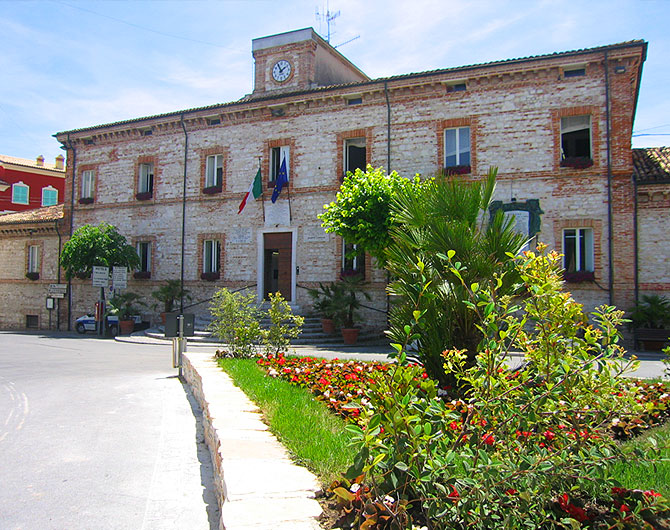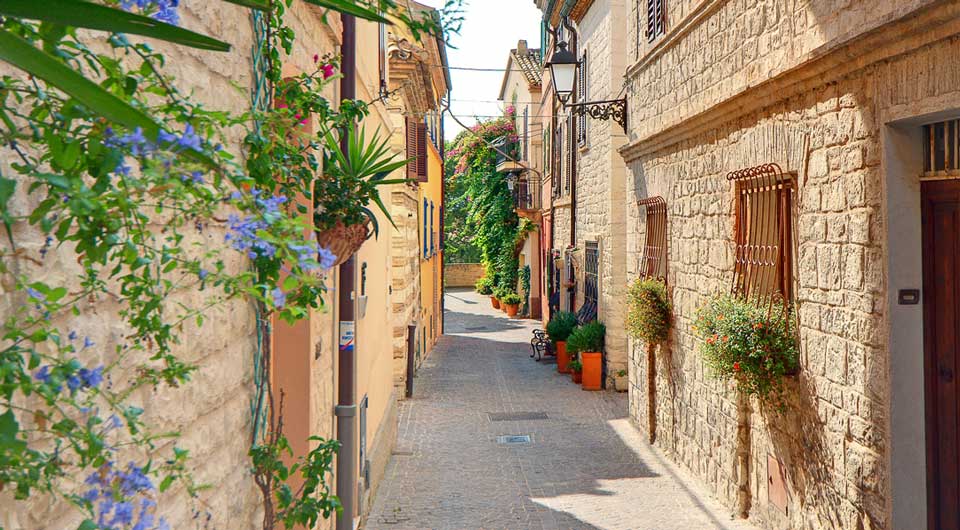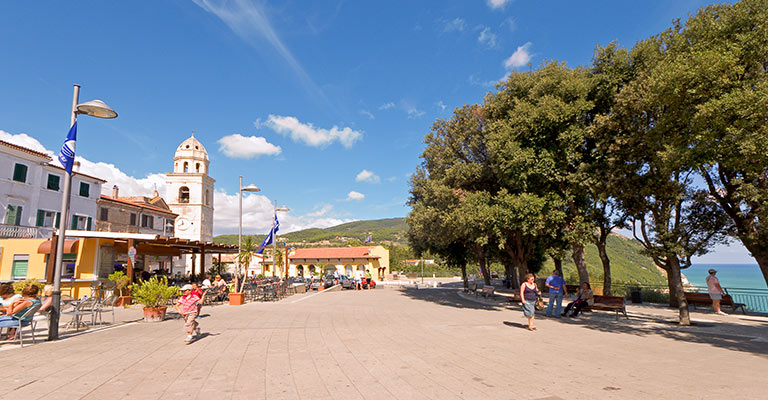Sirolo e Numana
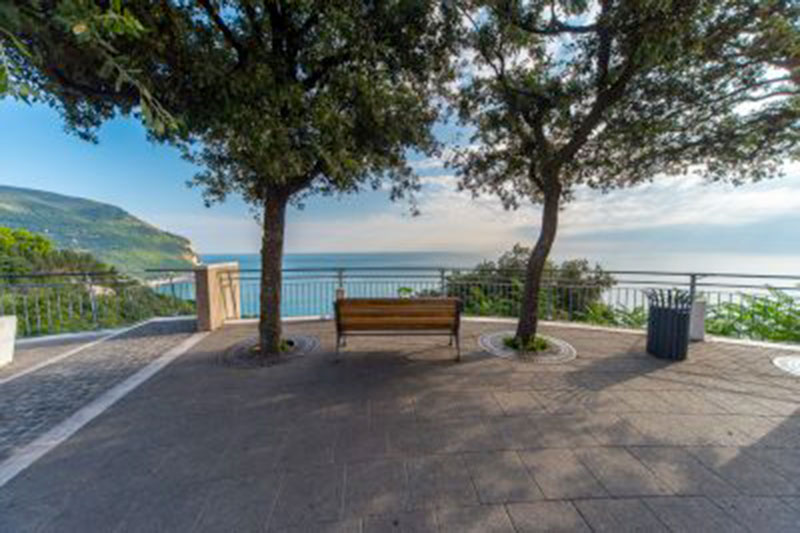
Before the Roman age, Sirolo and Numana were one of the most important places for the Piceni people. The archaeological area “I Pini” (right at the town entrance coming from the motorway) is very interesting and it is one of the biggest necropolis in the Piceni area. Probably, the name of the country comes from Sirio, a commander of King Belisario’s troops to whom this territory was donated to after the victory over the Goths (560); he built the first castle here. The urban, grating-shaped structure, with a great number of crossing streets, dates back to the medieval period when Sirolo was a fortified fortress in order to defend itself against the barbarian raids and, successively, the Saracen pirates. Thanks to its position, Sirolo underwent several attacks and sieges, but it never capitulated. From the eleventh century, it had been a feud of the Cortesi earls; in 1225, it was ceded to Ancona and, finally, to the Papacy.
You can walk along the route we advise you. Coming up the International camp site, after 250 m., turn left towards the Square and, on the right, you can find S. Nicolò’s Church, with its fifteenth-century door and the characteristic, oriental-topped bell tower. From Piazza Vittorio Veneto you can admire the sea; furthermore, it has a wonderful view. It is the most characteristic meeting place of the whole Riviera del Conero at night time. As you go down south the street gets narrower and, on the right,you can find the Chiesa della Madonna del Rosario. In this church, there is a valuable fifteenth-century painting and some interesting bas-reliefs dating back to the medieval age. The characteristic lanes continue to the medieval walls with the well-preserved tower. From the main street, you can continue going down; you will find the eleventh-century Arco (the medieval entrance) and, on the right side, you will admire the façade of the Town theater (called Teatro Cortesi) and a piece of the ancient walls. Coming down, on the left, on a bend, you can admire the entrance of the Villa Vetta Marina: it was a Franciscan Friary; nowadays, only the bell tower can be seen. On the right side of the little chapel that overlooks the street, you can see two elms which, according to the tradition,should have been planted by S. Francesco in 1215, when the Saint went to Sirolo and foretold the arrival of the Sacred House of Nazareth in this region. Numana, which can be reached going downhill, was a port used by the Piceni from the eighth century B.C.; moreover, it was also used by Greeks for trading reasons. Successively, it became a Roman port to the south of Ancona. In Numana, you can go to the Piazza (town square) where the Palazzo del Municipio (town hall) is located (1773); going around it you get to Via La Fenice where the Antiquarium is situated; this is an extraordinary collection of unique findings which offer a complete evidence of the Piceni civilization from the seventh century B.C. to the Roman age. All the objects, found in the Piceni Princess’s tomb in Sirolo, are preserved in this collection. After having visited the Antiquarium, one may come back to the main square and go along on Via Roma till the Tower’s little square where you can see the ruins of a tower that was probably part of the medieval walls. From that point, you can get an exciting view of the port and the coastline
down south to Porto Recanati.
MORE INFO: www.turismosirolo.it – www.turismonumana.it

